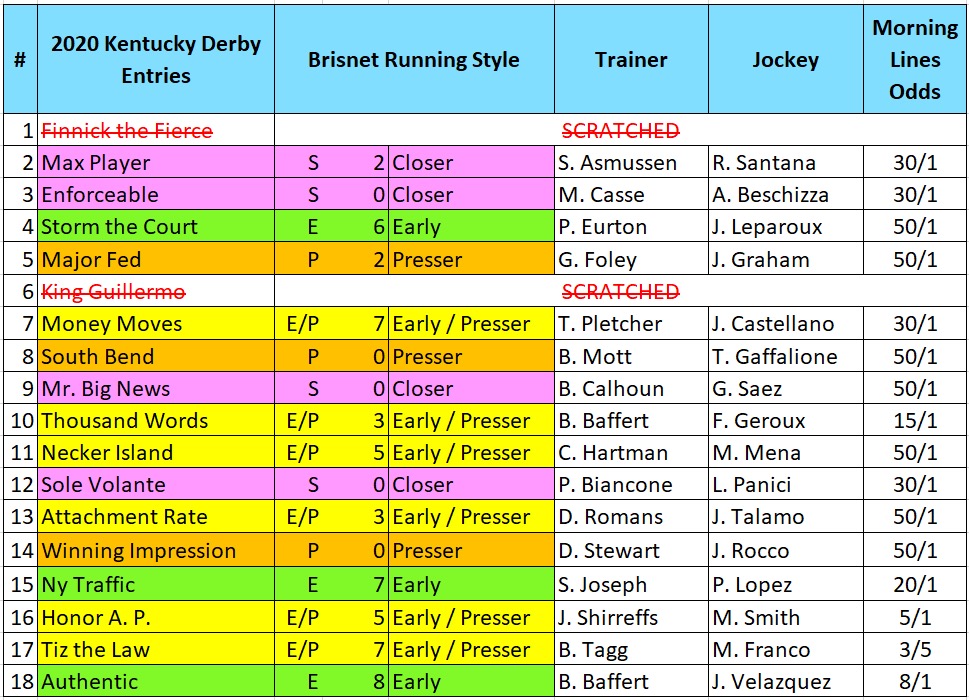Count Of Monte Cristo: A Review Of Alexandre Dumas' Masterpiece

Table of Contents
A Compelling Plot of Revenge and Redemption
The heart of The Count of Monte Cristo is its intricate and gripping revenge plot. The story follows Edmond Dantes, a young sailor wrongly accused of treason by envious rivals. His unjust imprisonment in the infamous Chateau d'If forms the devastating backdrop to his journey. This wrongful imprisonment fuels Edmond's transformation, driving his meticulously crafted plan for revenge against those who betrayed him.
- Edmond's betrayal and unjust confinement: Falsely accused by Fernand Mondego, Danglars, and Villefort, Edmond's life is shattered, leaving him to endure years of brutal confinement.
- His escape from the Chateau d'If: A stroke of luck and the help of an unlikely ally allow Edmond to escape his prison, a pivotal moment in his transformation.
- His acquisition of the Monte Cristo fortune: On the island of Monte Cristo, Edmond discovers a hidden treasure, transforming him from a wronged sailor into the wealthy and enigmatic Count of Monte Cristo. The Monte Cristo treasure becomes the tool for his elaborate revenge.
- His methodical pursuit of revenge against his enemies: The Count meticulously orchestrates the downfall of Fernand, Danglars, and Villefort, each act of revenge carefully planned and executed. His revenge plot is a masterclass in suspense.
- The moral complexities of his actions and eventual redemption (or lack thereof): While satisfying to witness, the Count's actions raise important questions about justice, vengeance, and the true meaning of redemption. The novel explores the moral ambiguity inherent in his quest for retribution. Does he find true redemption, or does the pursuit of revenge ultimately corrupt him?
The thrilling aspects of the plot, such as Edmond's daring escape and his ingenious schemes, are masterfully executed, keeping the reader engaged from beginning to end. The sheer scale of the revenge plot, spanning years and multiple locations, is a testament to Dumas' storytelling prowess.
Memorable Characters and Their Development
The Count of Monte Cristo boasts a cast of memorable and complex characters, each contributing significantly to the narrative's richness. The character development throughout the novel is remarkable, showcasing Dumas' skill in portraying human flaws and motivations.
- Edmond Dantes' transformation from innocent to vengeful Count: Edmond's journey is one of the most compelling aspects of the novel, highlighting the devastating effects of injustice and the seductive power of revenge.
- Fernand Mondego's ambition and jealousy: Fernand's envy and ambition drive him to betray Edmond, showcasing the destructive nature of unchecked desire.
- Danglars' greed and treachery: Danglars' insatiable greed and ruthlessness make him a truly despicable yet fascinating character.
- Villefort's hypocrisy and fear: Villefort's cowardice and hypocrisy are key elements in the unfolding of the plot, revealing the moral decay at the heart of the corrupt society.
- Haydée's resilience and loyalty: Haydée, a captive turned ally, displays remarkable strength and loyalty, offering a refreshing counterpoint to the novel's often bleak atmosphere.
- Mercedes' role and conflicted emotions: Mercedes' love for Edmond and her subsequent conflict create a poignant and emotionally resonant element in the story.
The intricate relationships between these characters, their conflicting motivations, and their individual journeys of growth or decline contribute to the depth and complexity of the narrative. This character analysis reveals the enduring power of Dumas’ storytelling.
The Themes of Justice, Betrayal, and Redemption
Beyond its captivating plot and memorable characters, The Count of Monte Cristo explores several profound themes that resonate with readers even today. These themes are interwoven throughout the narrative, enriching the reading experience.
- The concept of justice and its limitations: The novel questions the very nature of justice, highlighting the flaws in the legal system and the potential for injustice to prevail.
- The consequences of betrayal and vengeance: The devastating consequences of betrayal are explored through the suffering of Edmond and the downfall of his enemies. The novel also grapples with the moral implications of revenge.
- The possibility (or impossibility) of true redemption: The question of whether Edmond finds true redemption is a central theme, leaving the reader to ponder the complexities of forgiveness and atonement.
- The exploration of morality and ethics: Dumas delves into the complexities of morality, questioning the boundaries between good and evil and examining the moral ambiguities of revenge.
- The power of forgiveness and its absence: The absence of forgiveness perpetuates cycles of violence and suffering, underscoring the importance of compassion and understanding.
These themes of revenge, justice, and redemption provide a rich tapestry of meaning, ensuring that The Count of Monte Cristo remains relevant and thought-provoking for modern readers. The moral ambiguity present in the narrative ensures that the story remains engaging and allows for multiple interpretations.
Dumas' Masterful Storytelling Techniques
Alexandre Dumas' writing style is integral to The Count of Monte Cristo's enduring appeal. His skill in crafting a compelling narrative is evident in various aspects of his storytelling.
- The pacing and suspense created throughout the narrative: Dumas masterfully builds suspense, keeping the reader constantly engaged and eager to discover what happens next.
- The use of vivid descriptions and imagery: His evocative descriptions bring the story to life, transporting the reader to the exotic locations and immersing them in the narrative's atmosphere.
- The development of complex characters: As discussed earlier, the depth and complexity of the characters are a testament to Dumas' skill in character development.
- The exploration of universal themes: The themes explored in the novel resonate with readers across cultures and time periods.
- The effective use of foreshadowing and plot twists: The novel is filled with unexpected twists and turns that keep the reader guessing until the very end.
Dumas' masterful storytelling techniques, including his use of suspense, vivid descriptions, and well-developed characters, contribute to the novel’s enduring popularity and make it a truly captivating read. The narrative techniques employed are sophisticated and timeless.
Conclusion
The Count of Monte Cristo remains a literary masterpiece due to its compelling plot of revenge and redemption, memorable characters, exploration of timeless themes, and Alexandre Dumas' masterful storytelling. The novel's enduring appeal lies in its ability to explore complex themes of justice, betrayal, and the possibility of redemption in a way that continues to resonate with readers today. The moral ambiguity inherent in the Count’s actions invites repeated readings and continued discussion. If you haven't yet experienced the thrill of The Count of Monte Cristo, we urge you to pick up a copy today. This timeless tale of revenge, redemption, and masterful storytelling will leave you breathless. The Count of Monte Cristo is a must-read for any lover of classic literature.

Featured Posts
-
 Fleetwood Macs Hit Album A Deep Dive Into Their Latest Us Chart Success
May 04, 2025
Fleetwood Macs Hit Album A Deep Dive Into Their Latest Us Chart Success
May 04, 2025 -
 Volkanovski Vs Lopes A Deep Dive Into Ufc 314s Main Event Odds
May 04, 2025
Volkanovski Vs Lopes A Deep Dive Into Ufc 314s Main Event Odds
May 04, 2025 -
 270 M Wh Bess Project In Belgium A Guide To Merchant Market Financing
May 04, 2025
270 M Wh Bess Project In Belgium A Guide To Merchant Market Financing
May 04, 2025 -
 Corinthians E Fred Luz Os Bastidores Do Rompimento Da Parceria
May 04, 2025
Corinthians E Fred Luz Os Bastidores Do Rompimento Da Parceria
May 04, 2025 -
 Verstappen And Piquet Welcome Daughter Lily A New Chapter In Formula 1
May 04, 2025
Verstappen And Piquet Welcome Daughter Lily A New Chapter In Formula 1
May 04, 2025
Latest Posts
-
 Kentucky Derby 2025 Pace Prediction Key Horses And Their Impact
May 05, 2025
Kentucky Derby 2025 Pace Prediction Key Horses And Their Impact
May 05, 2025 -
 The 2025 Kentucky Derby Pace Scenarios And Their Implications
May 05, 2025
The 2025 Kentucky Derby Pace Scenarios And Their Implications
May 05, 2025 -
 Examining The 2025 Kentucky Derby Anticipating The Winning Pace
May 05, 2025
Examining The 2025 Kentucky Derby Anticipating The Winning Pace
May 05, 2025 -
 Kentucky Derby 2025 Factors Influencing The Race Pace
May 05, 2025
Kentucky Derby 2025 Factors Influencing The Race Pace
May 05, 2025 -
 Colonial Downs Stones Big Announcement The Virginia Derby Is Coming
May 05, 2025
Colonial Downs Stones Big Announcement The Virginia Derby Is Coming
May 05, 2025
